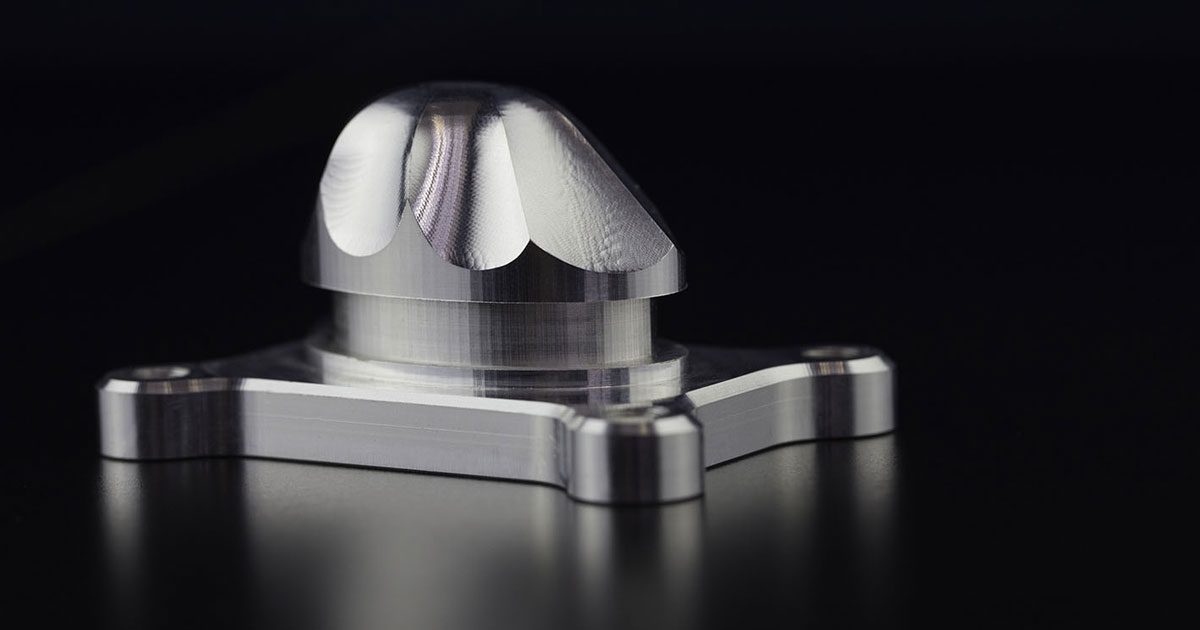Understanding the Costs of CNC Machining Aluminum
CNC (Computer Numerical Control) machining has revolutionized the manufacturing landscape, offering unparalleled precision and efficiency in producing a wide range of components from various materials. When it comes to machining aluminum, understanding the associated costs is essential for effective budgeting and decision-making. Let’s explore the factors that influence the cost of CNC machining aluminum and provide insights into estimating expenses.
Material Costs: The cost of aluminum material is one of the primary factors influencing the overall cost of CNC machining. Aluminum is available in various grades and forms, each with its own price point. The selection of aluminum alloy depends on factors such as strength, corrosion resistance, and machinability, with premium alloys typically commanding higher prices. Additionally, the size and thickness of the aluminum stock required for the desired components impact material costs.
Machine Setup and Tooling: Before machining can commence, CNC machines must be set up and configured for the specific job. This involves installing cutting tools, securing workpieces, and programming toolpaths. Setup costs encompass labor, machine time, and any specialized tooling or fixtures required for the job. While setup costs are generally fixed per job, they contribute to the overall cost of CNC machining aluminum.
Machining Time and Complexity: The complexity of the machining operation and the intricacy of the component design directly influence machining time and, consequently, costs. Simple geometries and basic machining operations require less time and incur lower costs compared to complex shapes and intricate features that demand multiple tool changes and intricate toolpaths. Factors such as the number of machining operations, tolerances, surface finishes, and part complexity contribute to machining costs.
Labor Costs: Labor costs associated with CNC machining aluminum include operator wages, programming time, and overhead expenses. Skilled machinists are essential for setting up machines, monitoring operations, and ensuring quality control throughout the machining process. Programming CNC machines requires expertise in CAM (Computer-Aided Manufacturing) software and may involve additional costs for programming services if the programmer is outsourced.
Quality Assurance and Inspection: Ensuring the quality and accuracy of machined aluminum components involves inspection and quality assurance processes. Inspection tools, such as coordinate measuring machines (CMMs) and gauges, incur costs for calibration, maintenance, and operation. Quality assurance measures, including first-article inspection and in-process checks, contribute to overall production costs but are essential for maintaining quality standards and preventing costly rework or scrap.
Post-Processing and Finishing: After machining, aluminum components may require additional post-processing and finishing operations to achieve the desired surface finish, tolerance, or appearance. Deburring, sanding, polishing, anodizing, or coating are common post-processing steps that add to the overall cost of CNC machining aluminum. These additional operations must be factored into cost calculations based on the specific requirements of the project.







